In order to understand little more about breech baby and birth, we must understand the term breech birth. A breech birth is a birth in which baby enters the birth canal with his feet or buttock first, although in most cases, baby enters birth canal with its head. Most frequent cause for breech delivery is premature birth, large amounts of amniotic fluid and multiple pregnancies.
Frank breech presentation is when the baby comes out buttocks first and with legs near his head. The complete breech is called a position of baby while coming out of the uterus with his bottom and with his legs crossed. If a baby is born with his legs coming out first, then it is called footling breech. In the third trimester of pregnancy, baby is preparing for coming out and doctor can then, tell you what will be the position of a baby during the birth.
Breech Baby Delivery
If a doctor determines that the birth is going to be breech, certain measures of precaution are taken. In these cases, the delivery is usually vaginal, or a cesarean section is done. During the vaginal delivery, doctors must monitor the baby’s heart rate and the baby has to be in good health. If the baby’s head is too large, and it can't pass through the cervix opening, or if the baby is delivering prematurely, then the cesarean section is conducted.

Birth Defects of Breech Babies
Abnormalities that can be of congenital or physical nature are called birth defects. If a baby has some birth defect, it is more likely to die. Mortality percentage is in close correlation with breech birth. Death of the baby may occur, when during the delivery umbilical cord reduces the supply of oxygen to the baby. If the baby doesn’t have enough oxygen, some birth defects may develop. Autism is a birth defect that is manifested in restrain from socialization.
- We analyzed the data on 1?184?499 women with a singleton delivery from 1996 to 2016. Women with a breech delivery numbered 34?030 (2.9%).
- Among the neonates born in breech presentation, there were 2209 (6.5%) neonates presenting with at least one congenital anomaly, whereas, among the neonates in cephalic presentation, such anomalies occurred in 42?089 (3.6%) cases. The rate of neonates with at least one congenital anomaly per 10?000 births was 649/10?000 in breech deliveries and 366/10?000 in cephalic deliveries.
- The rate of congenital deformities of the hip was exceptionally high in the breech group, occurring in 157 (0.46%) neonates compared with 623 (0.05%) cases in cephalic presentation. The children born in breech presentation also had more often congenital malformations and deformations of the musculoskeletal system; in 648 (1.9%) neonates vs 8874 (0.77%) neonates in cephalic presentation.
- We found that breech presentation at delivery was associated with various congenital malformations of different organ systems. After adjusting, the only congenital malformation that was not associated with breech presentation was the digestive system's malformations.
Down syndrome is a genetic defect where instead of having 46 chromosomes a child has 47 chromosomes. This additional chromosome carries Down syndrome and this defect can’t be prevented or treated, but isn’t connected to breech birth. Anyway, it is one of the most often birth defects. The level of chromosomes is connected to breech birth and therefore to mental retardation or development of cardiovascular diseases as well. There are some defects that are believed to appear because of the baby’s position during the pregnancy. If a baby is in a breech position, it is more likely to have spinal deformities and shunted muscular growth.
If your baby is in a breech position, you don’t have to worry, because most of them are born healthy and without any health problems. You only have to visit doctor more often, so that he could monitor your baby’s health condition.




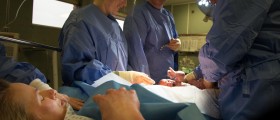
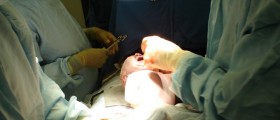


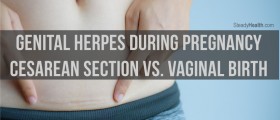

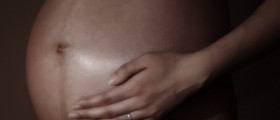
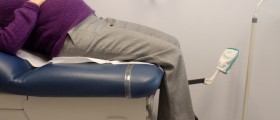




Your thoughts on this
Loading...